We arrived at Piangüita Beach early, this time our luck was better, good for almost everyone, I nearly got myself naked when I got off the boat. Anyway, it thrilled me; the dawn schedule had worked, the transports had arrived on time, and our guide for the day made his triumphal entry without delay.
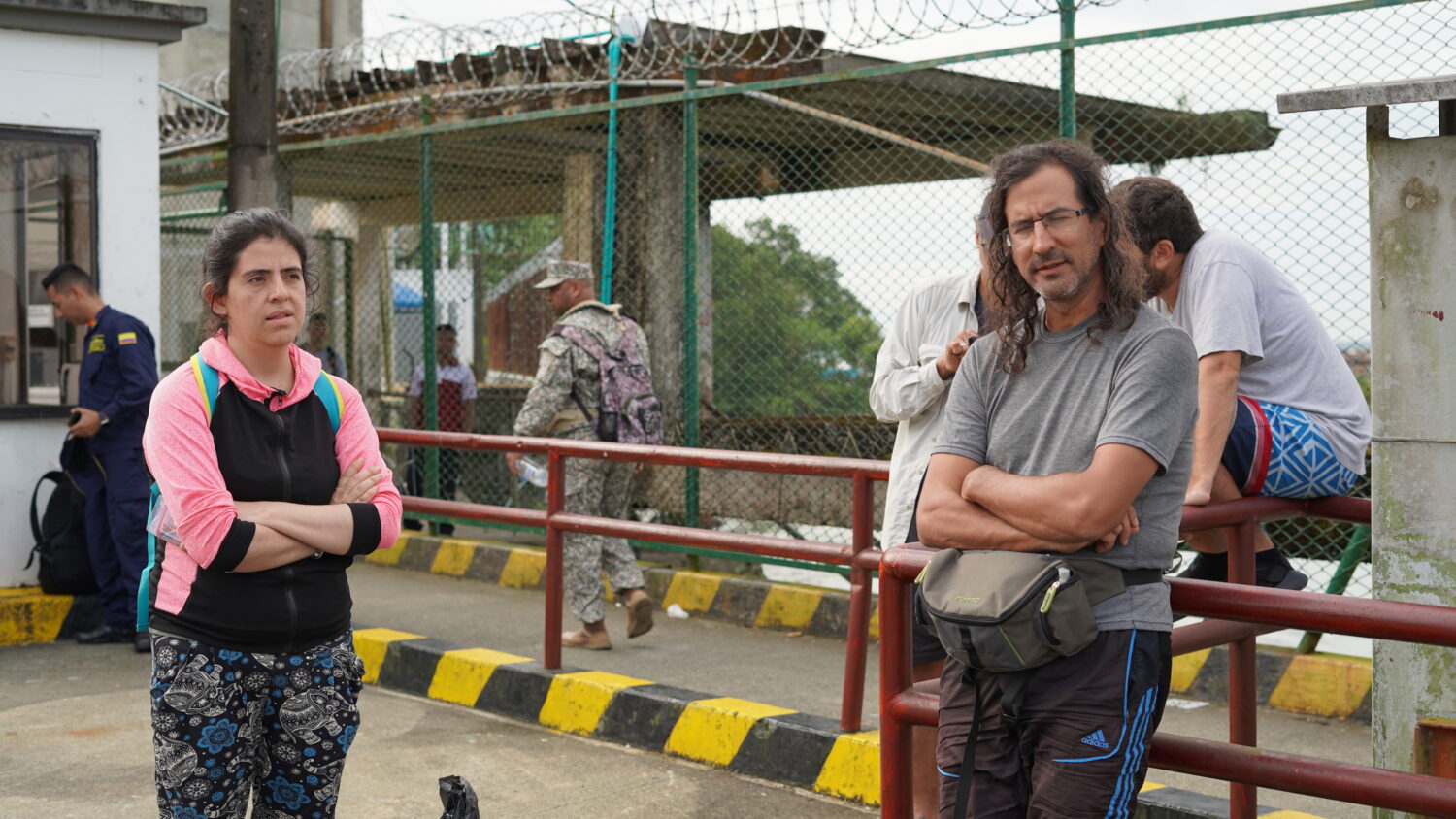
Conversing with Mauricio Vidal before our boarding
Siber Cambindo is a member of the Community Council of Black Communities in Bazán Bocana. Thanks to all the guardians and spirits of the 4 directions, we had managed at the last minute to confirm the appointment and define what we could do in the place.
Like the place name is Piangüita, we suspect that Siber might know a pianguera (piangua fisher) and that was our first request to him. He told us about the association and about Margarita Hurtado, who according to him is the best known of all and has been the guide of over one researcher and chronicler showing them her trade.
If you wonder what a piangua, is, I will tell you it is a bivalve, and if you ask me, what is that? I must tell you … that I don’t know … but it lives in the mangrove swamp and knows how to hide very well because even though Margarita gave us the opportunity to look at the way she caught it, we saw little.
I can also tell you that theFusión Pacífico Restaurant in Cali prepares it very well and I recommend it.

Visit the Fusión Pacífico restaurant at the Alameda neighborhood in Cali

Fusión Pacífico Restaurant menu
The Seco of Piangua (Piangua hot dish) A delight!
Let’s go back to the trip, we continue along the beach with Siber and Margarita. The warning that Atanasia gave us the day before repeated; People distrust our intentions, but Siber has managed to convince Margarita and her family to collaborate with the project.
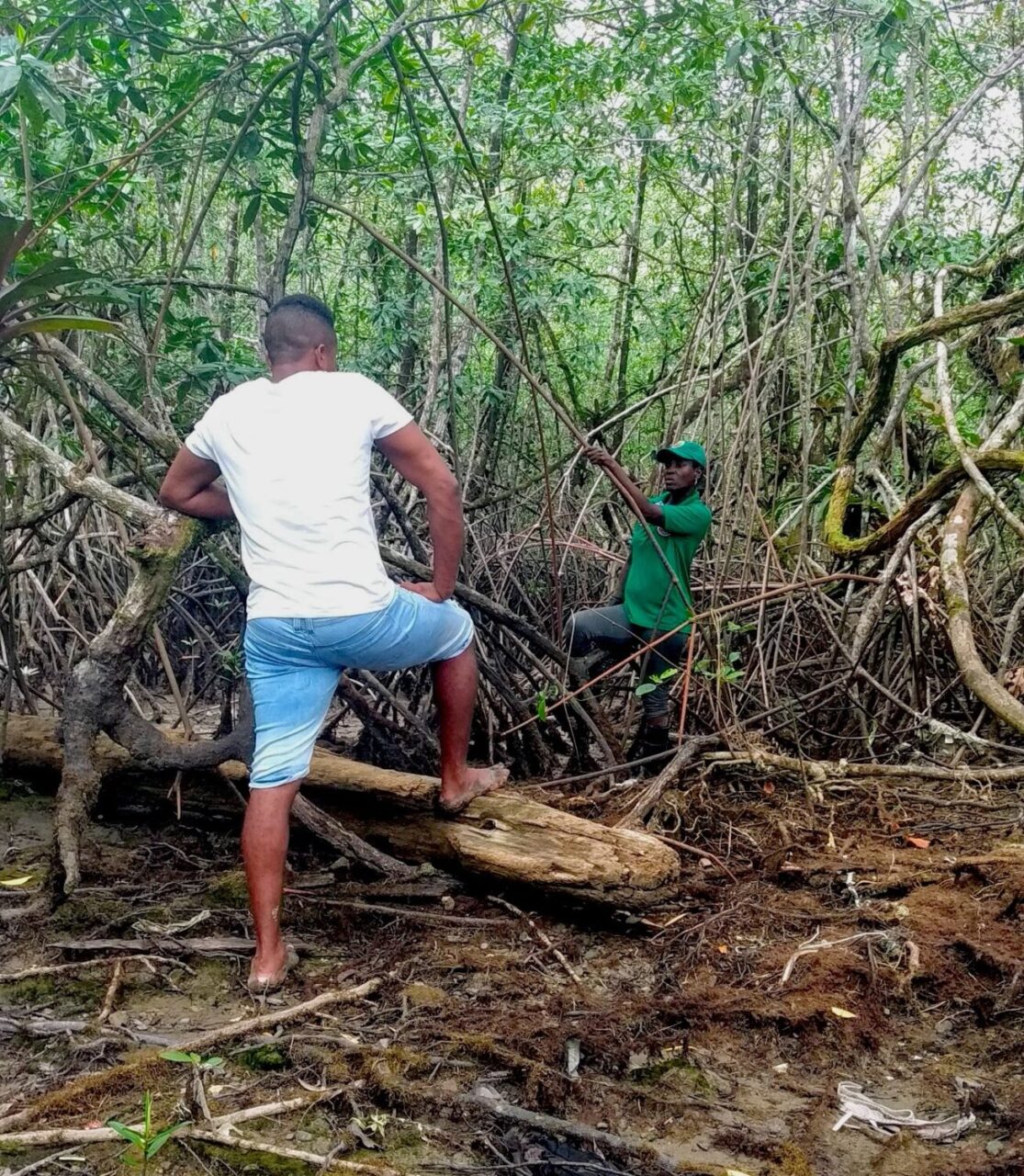
Siber and Margarita chatting in the Mangrove while we set up the equipment to shoot
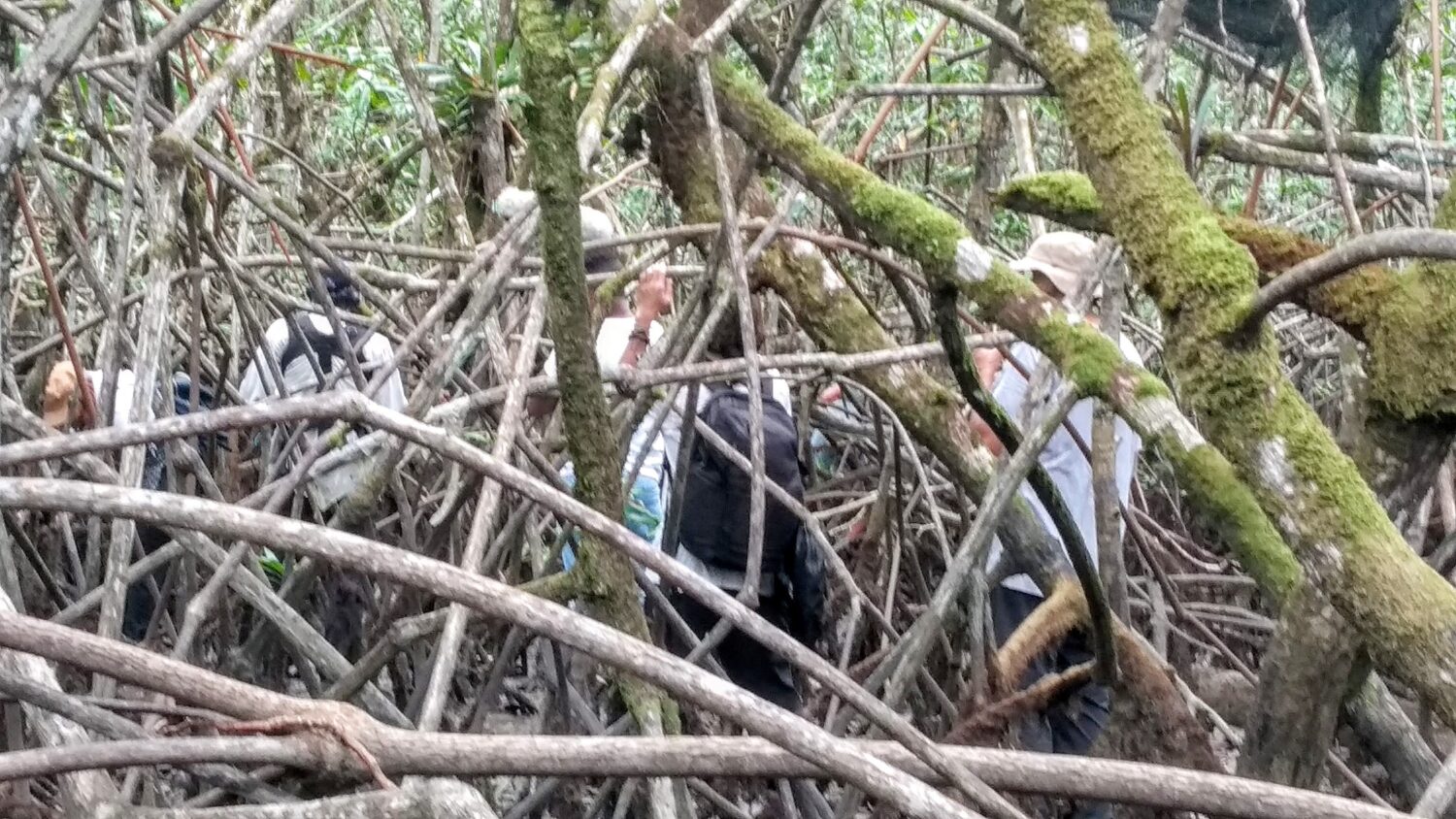
Todos dentro del Ecosistema Manglar
Margarita is a Pianguera and a Cultural Leader, her voice sings Arrullos and other songs that accompany her during her hard days of work. She’s the head of her family, with 4 children, like many of the women of the Pacific, and has to do a thousand things per day to guarantee their livelihood.
While the rest of the team works with Margarita at the mangrove, out of range of the microphones, Siber tells me about life in Piangüita.
This beach, which, like many others in the Pacific, lives off tourism, has had a poor reputation for the garbage that is on it. The young social leader comments on how difficult it is to keep it clean: 90% of the garbage comes from Buenaventura – he says – here we organize ourselves to clean the beach every morning around 5 in the morning and in a few hours it is the same again ”.
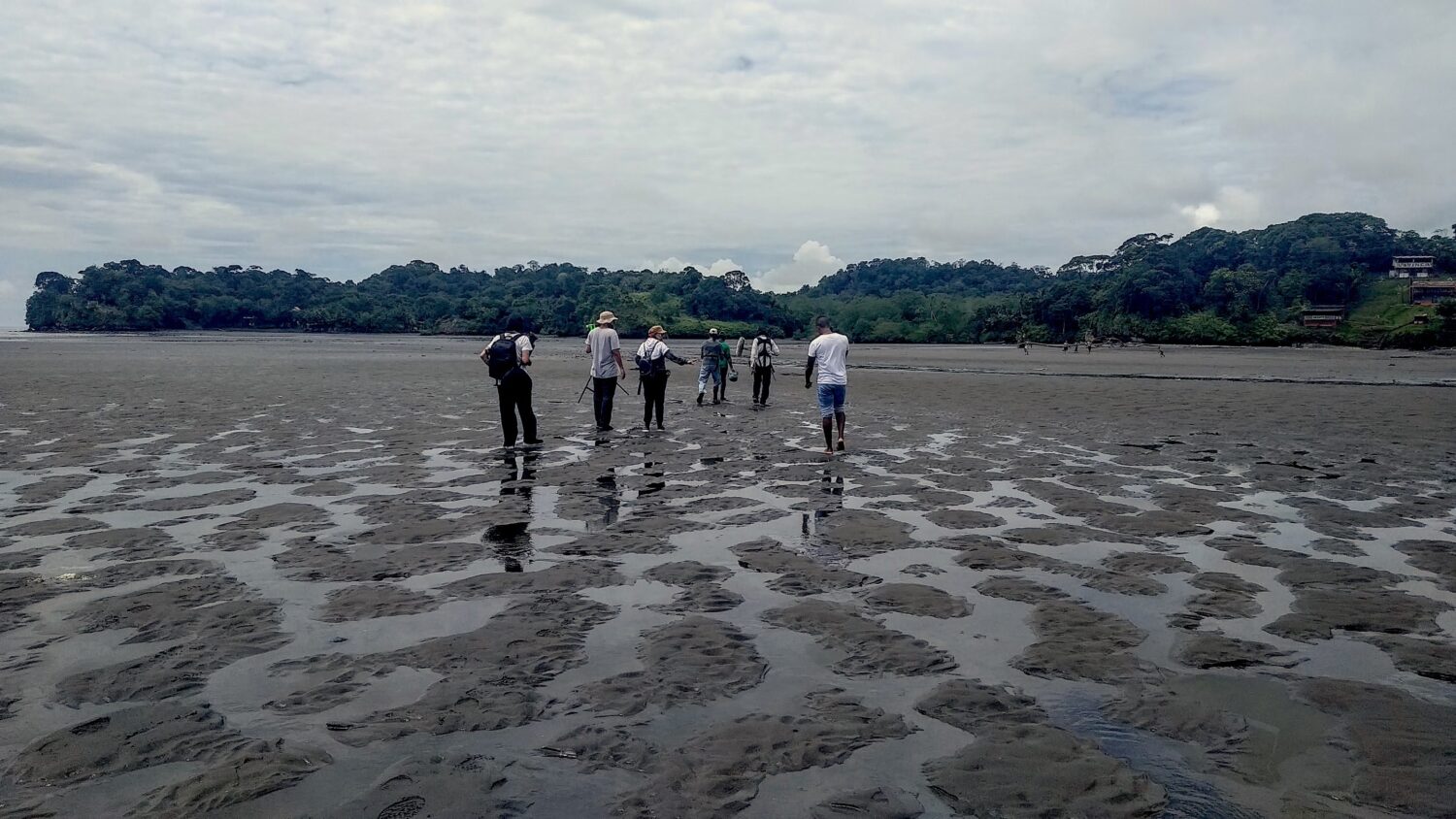
The team carrying backpacks walking towards the Mangrove
I listen to what he says, it is not only difficult for us as strangers to win the trust of the people, for the leaders it is a daily struggle, the people around them are very reluctant. They have participated in several projects that nobody takes the time to explain clearly and they promise them as a politician in campaign things that they will not be able to fulfill. Therefore, they ask that we speak to them honestly and we do so.
The day progresses, Margarita from a distance, sings and tells legends of yesteryear that are still current in these lands. She tells us in the interview of a case in which the TUNDA (Folks tale character) took a young man from that same mangrove, Siber confirms Margarita’s words and gives me more details about the story. While we are talking, a group of tourists draws his attention and he interrupts our conversation to go to them. From a distance I can’t hear what is happening, I see their faces, they seem to apologize, I approach, Siber is saying goodbye politely.
It happened that these tourists were letting their little son play to chase and catch red crabs, Siber, with the patience of someone who always do the same thing many times, explained to them that this harms the animals and stayed with them until they withdrew from there so that the crabs could continue their way to the sea. When the tourists left, he told us that before the beach used to look red from all the crabs that walked on it, but due to the treatment received by the tourists it is not the same anymore.
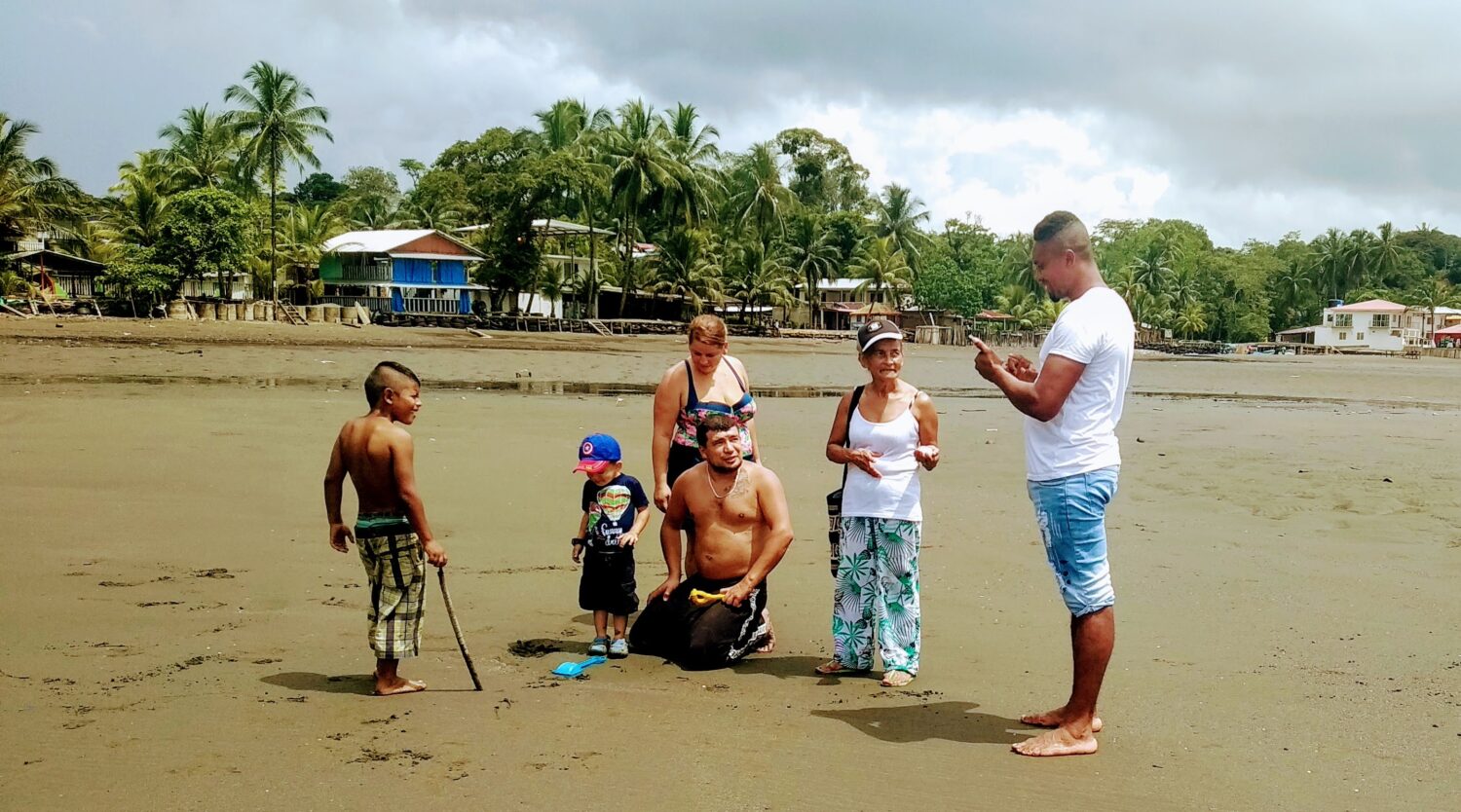
Siber talking to tourists at Playa Piangüita
In this place, the natural protection work is not only a matter of environmental awareness, it is survival, the care of the mangrove ensures the subsistence of the piangua, essential ingredient in the Pacific traditional food. Taking care of the beaches is the way for more people to want to visit them and for the business of restaurants, accommodation and other tourist services to prosper.
To end this publication, I have to make a confession, although I lived in the Caribbean for many years, the fish sancocho and the coconut rice were not in my top of favorite foods… It wasn’t my preference. Now they are and serve me to write this delicious story.
This coconut rice differs from the one of the other coast, it does not have panela, a wonderful thing for someone like me who has problems with sugar and on the other side the fish sancocho I tried in Piangüita, prepared by Doña Francisca Renteria, Margarita’s aunt, deserves a medal of honor.
Although in Bogotá, the capital of Colombia, seafood is popular and there are several wonderful restaurants serving Pacific food, nothing I tried before compares to it. It is the use of coconut milk in the authentic cuisine of the region and also with the seasoning of Francisca, which she is renowned for.
The visit to Piangüita is a glimpse into the mystique of the territory. The sample of how current concerns coexist with the teachings of the past.
Every day in Buenaventura of our lightning trip, we discover a new story that we want to know more deeply. The people who have given us the opportunity to meet them ask that we keep in touch and do not leave all this as a forgotten topic as soon as we leave Buenaventura. We did not imagine that the world would close for months. We have to go back; we have to continue.
Do you want to know more about the experiences lived on the third day of the Buenaventura Expedition? Here you will be able to hear in the voice of its protagonists how we got to Piangüita Beach.
Nobody Dies Here Alone. Never!
Fifth Podcast of La Mochila Desgualanga’
Written by: May Mc’Causland
Narrated by: May Mc’Causland y Gustavo Angarita Jr.
Recorded and Postproduced by: Simón Jaramillo de Vinilo Estudio.
Hello humans! Already living the Expedition I have compiled some photographs, videos and links from our third day. How we got to Playa Piangüita and met our talented hosts who taught us about life in the sea and in its mangrove ecosystem.
I share several links of the recommended routes on the interactive map.
Thank you all for listening and reading.
We are happy to hear from you and we will be attentive to your messages.
See you soon to continue reviewing La Mochila Desgualanga’.
How we got to Piangüita Beach
Understand that life moves between tides
Piangua and Mangrove Ecosystem
The traditional crafts present in their communities
Our hosts
The multitasking women and the logistic producer of the visit
Sound Journey: The most important Afro festival in Latin America
Listen to the fascinating voice of Gustavo telling us about his experience at the Petronio Alvarez Pacific Music Festival.
Valle del Cauca our guest department
How we relate the department of Valle del Cauca with the air element
Fun Fact: Farewell Rituals in the Pacific
Listen to May while she talks about the rituals of farewell to loved ones in the territories

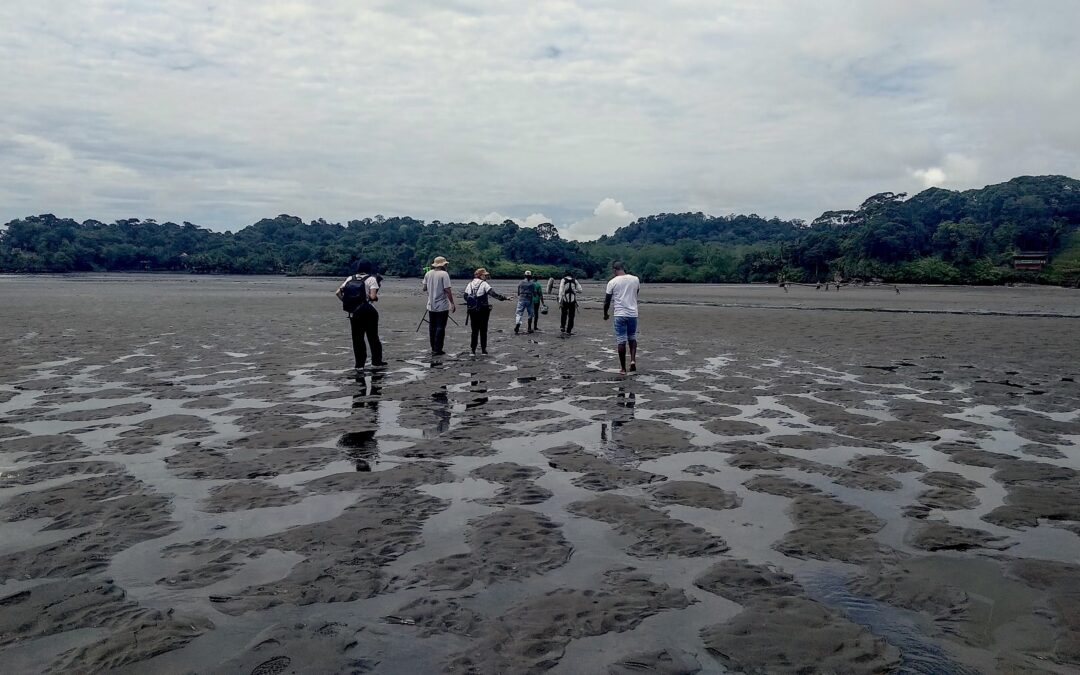
Comentarios recientes